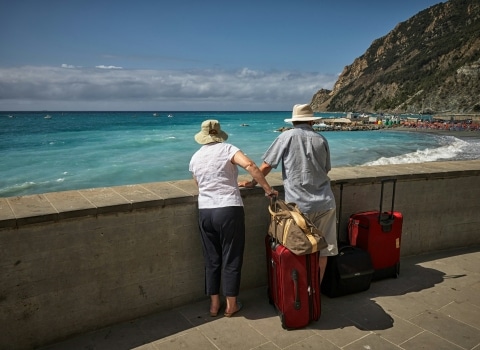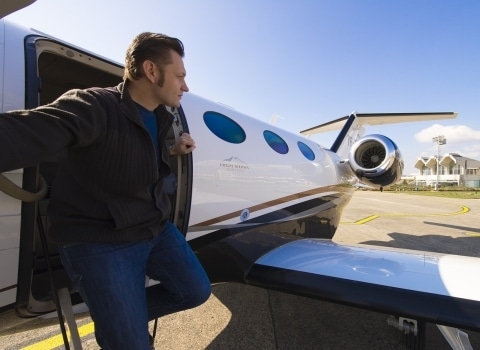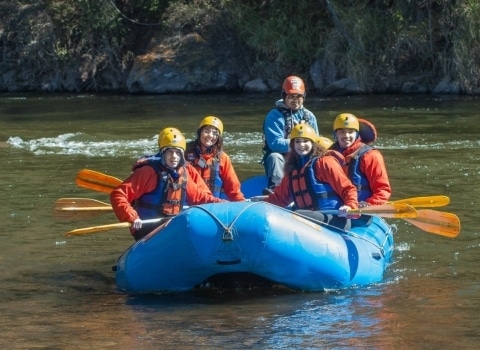Accessible Travel for the Visually Impaired and Deaf
Travel isn’t always easy. Especially when sights blur into shadows, or sound turns into silence. But that doesn’t mean it shouldn’t be possible—or meaningful. More and more, accessible guided tours are being created with this in mind. Not just to adapt, but to include. Traveling in France with Sign Language is one example of how destinations are starting to shift—for real inclusion, not just good intentions.
Specialized tours now exist to make the experience richer, easier to follow, and more attuned to different sensory needs. A shift, finally, toward travel that listens. And sees.

Guided tours for hearing impaired people
Conventional tours—too often a mess of voices, traffic, echoes bouncing off stone. It’s hard enough for anyone to hear. For someone with hearing loss, it can be impossible. That’s where magnetic induction loops (MIRs) change the equation. These systems transmit a guide’s voice directly to hearing aids, cutting through the noise.
They’re simple in concept. But they make a world of difference, especially in crowded places like museums or old cathedrals. A calm voice in the ear, clear and direct—suddenly, the story becomes accessible. The space opens up. The experience feels personal.
Guided tours for visually impaired people
Sight isn’t the only way to take in a place. A guide can do more than point and name. With the right approach, they can help someone feel the scale of a castle, the curve of a sculpture, the mood of a street. Some use tactile models—scaled-down buildings, textured maps. Others rely on words, carefully chosen, patiently delivered.
Describing a square, a mountain, a painting—there’s a skill to it. And when done well, it brings the scene to life in ways even sighted visitors might overlook. Not everything grand needs to be seen. Some things, when told right, can be imagined.
Guided tours for the deaf and visually impaired
For those who live with both hearing and visual challenges, travel becomes even more complex. But not impossible. Certain tours are built to meet these needs specifically. They slow things down. Reduce the length. Make space to pause, to ask, to touch, to process.
Language is kept simple. Descriptions are focused. The aim isn’t to rush through a list of landmarks but to make sure each one means something. These experiences may not cover as much ground—but they often leave a deeper impression.
The benefits of guided tours for people with visual or hearing impairments
When a tour is thoughtfully designed, something shifts. People who were once excluded can now take part fully. They’re not just tagging along—they’re involved. Listening, imagining, learning, reacting.
For those with hearing or vision impairments—mild or more severe—these adapted experiences are more than just practical. They’re an invitation. A chance to move through the world without the usual strain. And often, they become spaces of connection. Between travelers, between cultures. Between one moment and the next.







